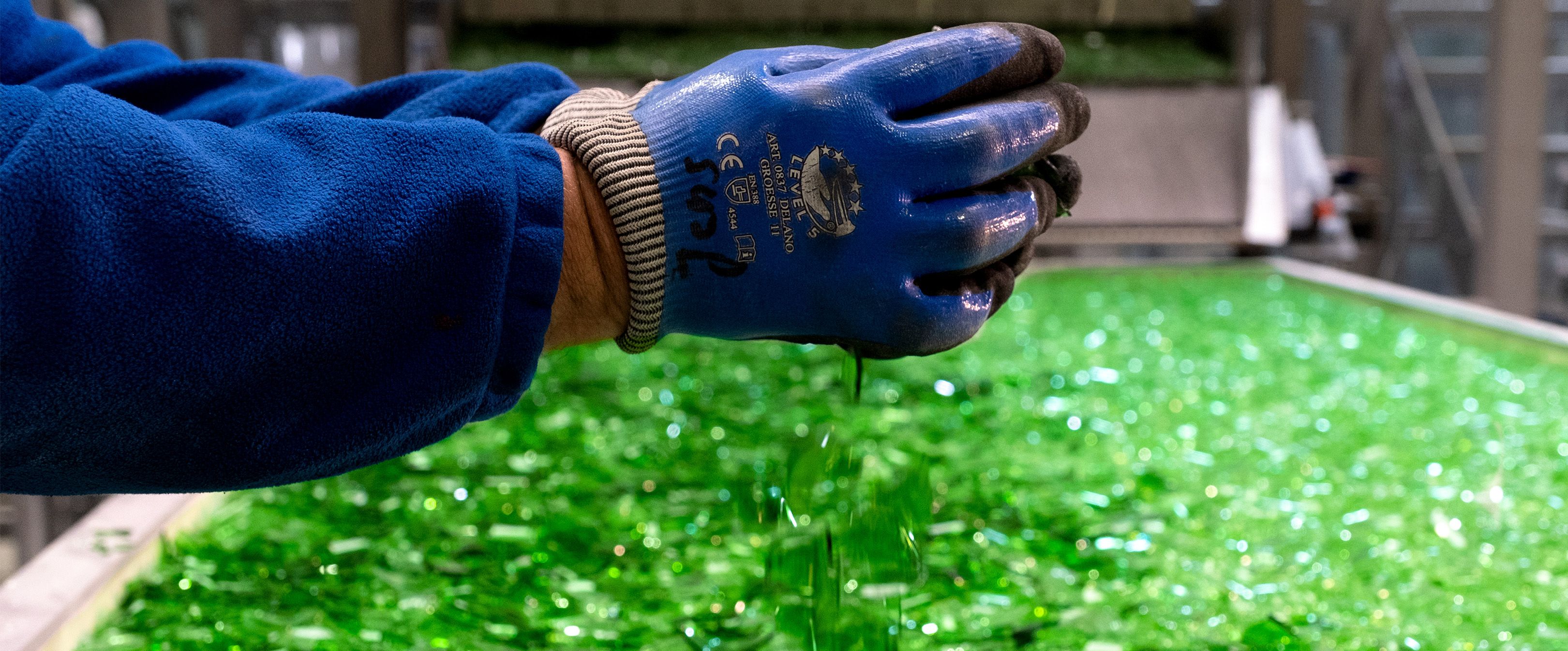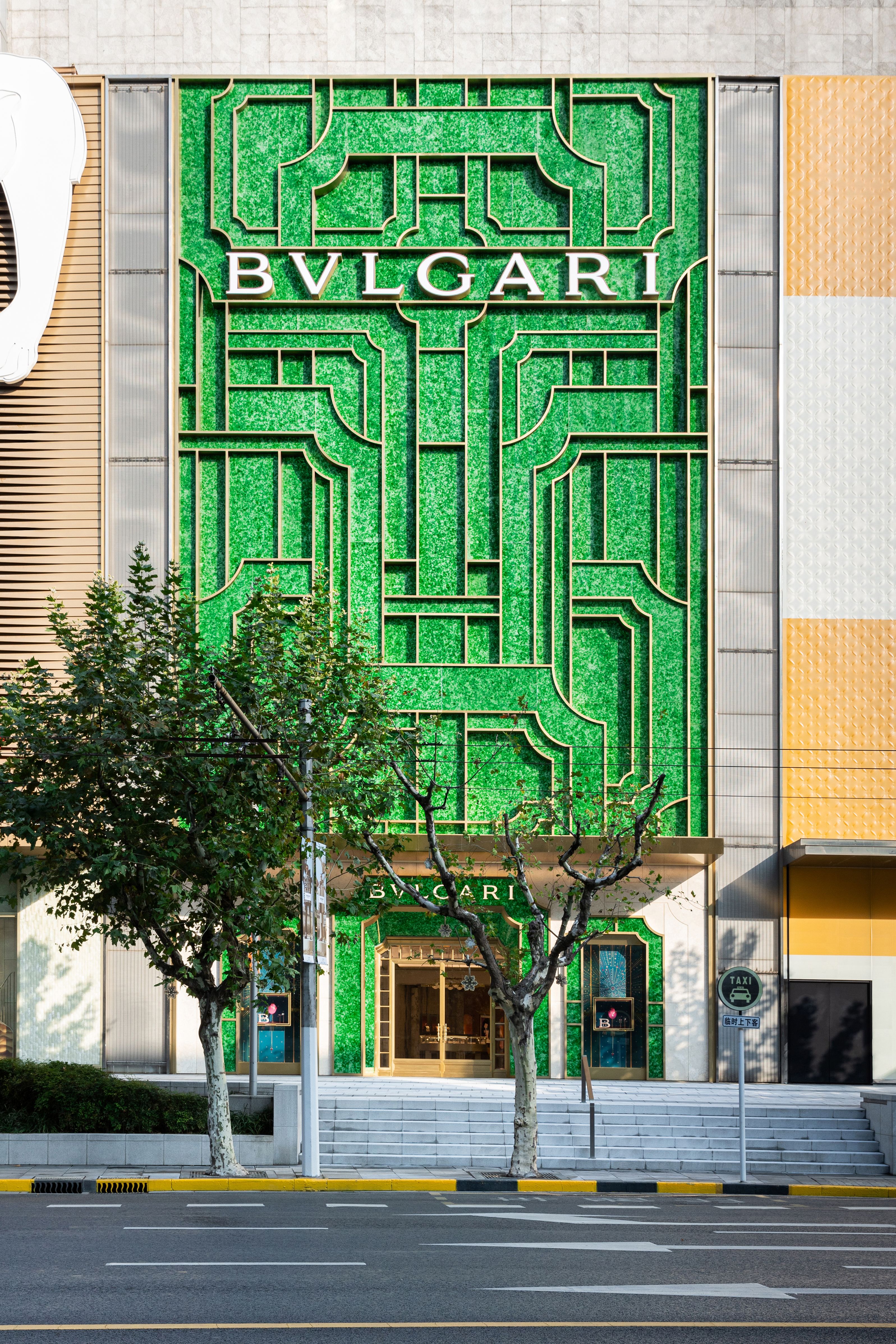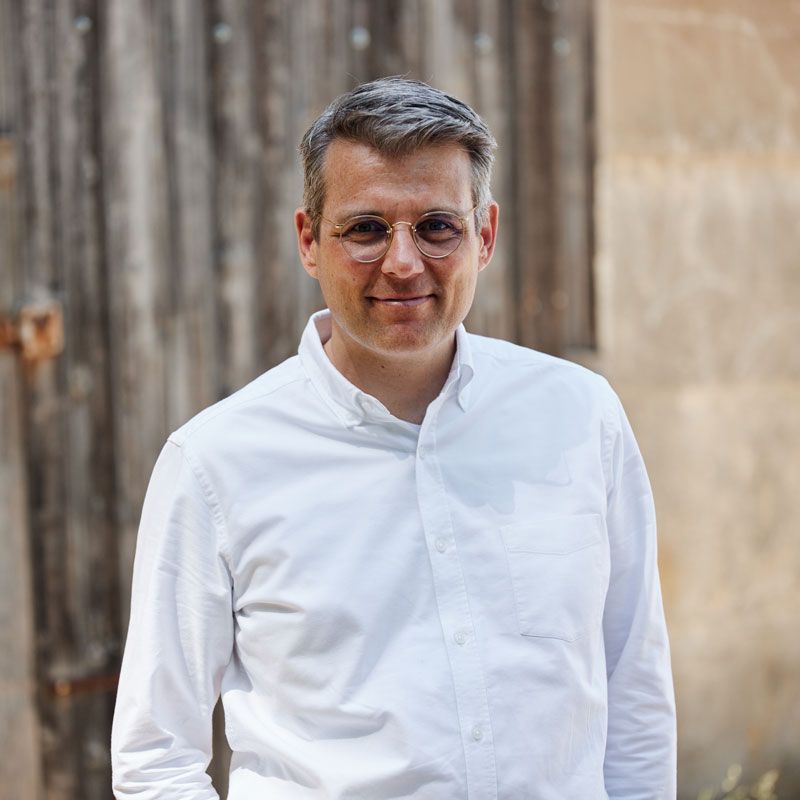MAGNA - stunning facades made from recycled glass
Industry & Energy


The German glass industry produces 20% of the total amount of glass in Europe in terms of revenue.¹ Over 4 million disposable glass containers are produced in Germany every year. Glass recycling closes the cycle, but high temperatures are still required for melting, so that only about 25% of the energy input can be saved by recycling compared to the production of new glass.² MAGNA Glaskeramik is part of the glass industry and focuses on the sustainable and combined production of glass and ceramics entirely from waste materials, thus saving part of the energy consumption.
For the production of glass-ceramics, glass is crushed into fine glass granules and then sintered in plate form for 20 hours at melting temperatures that are lower and therefore more energy-efficient than glass production.³ The temperatures used develop a crystal structure that makes glass-ceramics a robust material for exterior and interior use.
MAGNA's glass-ceramic is made from almost 100% surplus and waste material from industrial and bottle glass production.⁴ After use, glass-ceramic can be completely returned to the production process and recycled. In order to save additional electricity and water during production, a water treatment plant and a photovoltaic system are used, which each cover the majority of the waste water and electricity.⁴
The smooth, scratch-resistant and water-resistant glass ceramic is available in different colors and sizes and is suitable for products such as facades, furniture, washbasins or design objects. One example of the individual use of the material is the facade of the Bulgari flagship store in Shanghai, which was primarily made from green recycled glass, or the new façade of the Cradle to Cradle NGO Lab in Berlin, for its production MAGNA was partly responsible for.
To close the circle of the circular economy, the company also offers the service of taking back glass-ceramics and introducing them into the recycling process. This circular business model has been awarded with the Cradle to Cradle Gold certification.
Hopefully, this application will set a precedent so that glass-ceramic solutions in general become even more cost-effective. In any case, MAGNA Glaskeramik has achieved a positive circularity level of Impact Level 2 with its business model, which is completely focused on the recycling of waste glass and saves CO2 with low temperatures and durable products.
¹ van Bergen, Johannes : Energieintensive Industrie, in: KWK, o.D., [online]
² Thiel-Sonnen, Alice : So entsorgen Sie Ihr Altglas richtig, in: SWR1, 04.06.2024, [online] ; Glas Gasperlmair: Glasrecycling – der nachhaltige Umgang mit dem Rohstoff Glas, in: Glas Gasperlmair Ges.m.b.H., o.D., [online]
³ Interview mit Steve Eigenwillig und Maria Loran von MAGNA Glaskeramik
⁴ MAGNA Glaskeramik: Umweltproduktdeklaration, in: MAGNA Glaskeramik, 02.11.2022, [online]
Photo © Magna Glaskeramik
Photo © Bulgari Shanghai
THANKS for your interest!
Are you curious and would like to know more? I would be happy to contact you to arrange an appointment to get to know each other.
